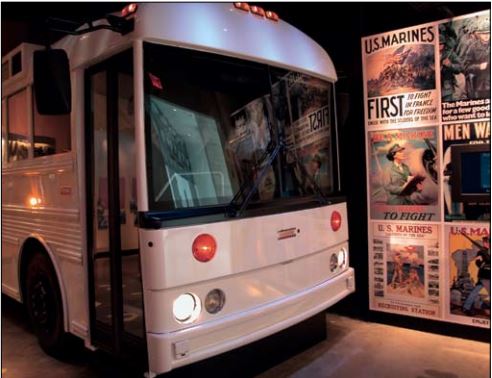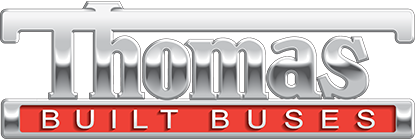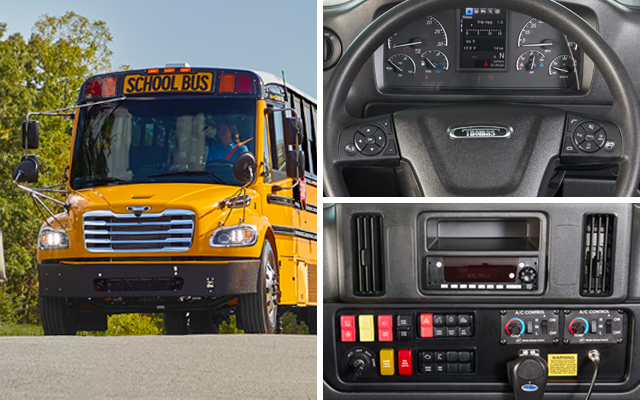
Upgrading the C2’s User-Experience for a New Era of Drivers
Student safety is in the hands of school bus drivers. The more comfortable and confident drivers feel, the more safely they drive.
For the last 20 years, Thomas Built Buses has supplied the industry with advanced electronics engineered with safety prioritized in every detail. Our Saf-T-Liner® C2 was designed…
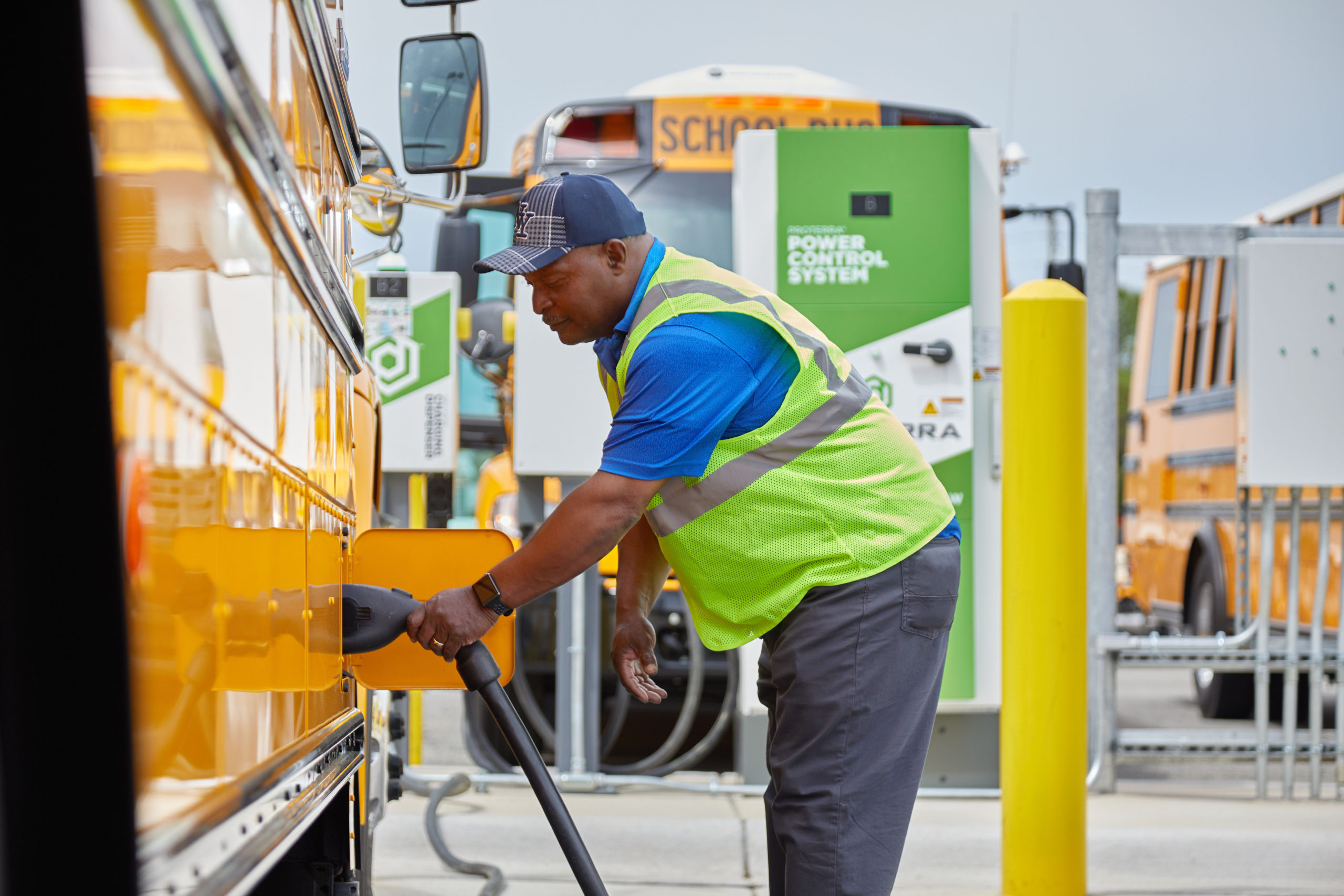
As electric school buses continue to gain momentum across the U.S. through federal incentives like the EPA’s Clean School Bus Program, school districts are looking for help in transitioning their traditional bus fleets to electric, including building out electric vehicle (EV) infrastructure.
Building and implementing charging infrastructure can be a daunting task, with challenges…

From Kendra Eads, VP of Engineering and Technology at Thomas Built Buses
As we gear up for the back-to-school season, it’s important to recognize the significant advancements in school bus technology that enhance the safety and well-being of our students during their daily journeys.
At Thomas Built Buses, our commitment to safety is evident in our mission and…
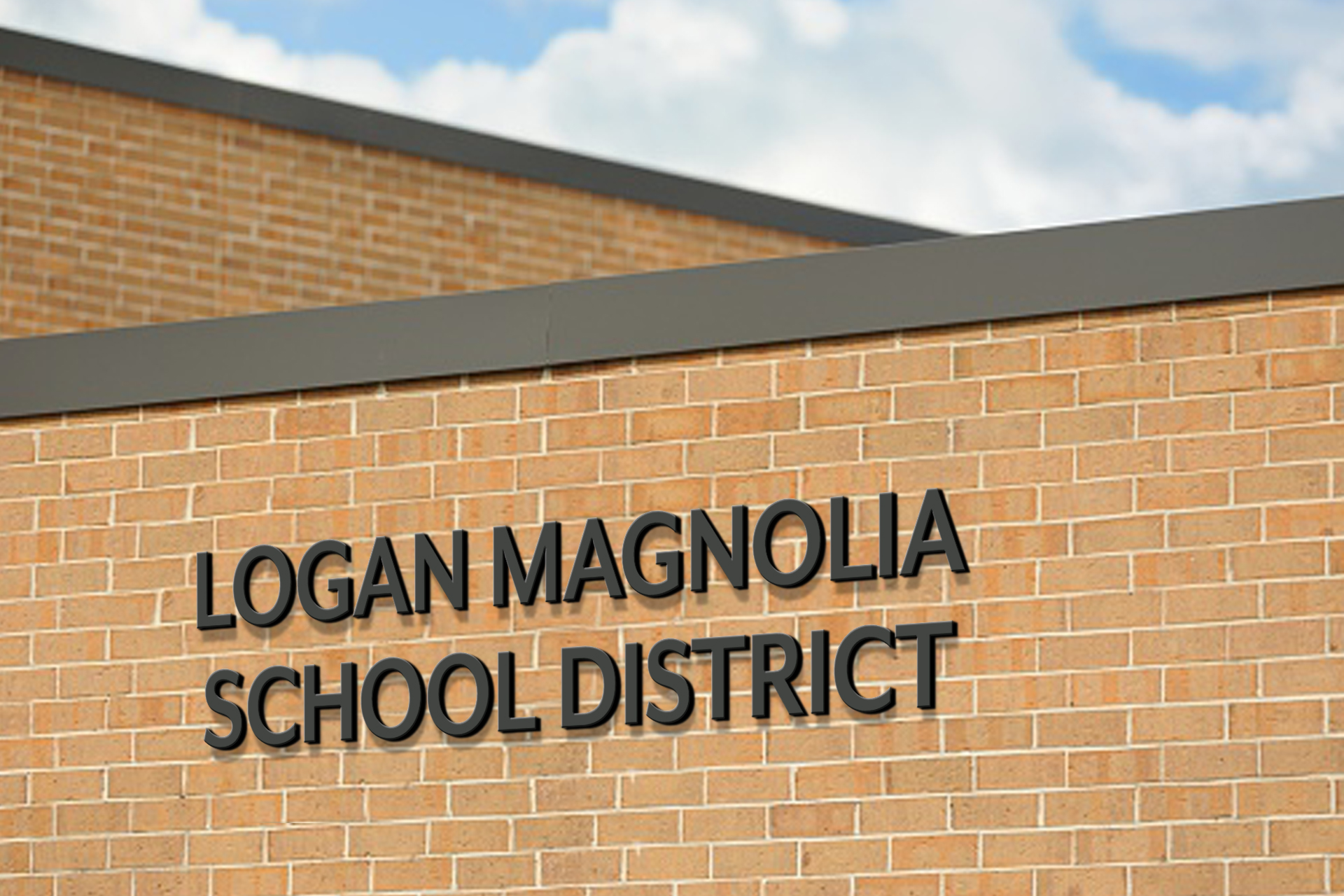
(Em)Powering a Greener Future: Logan-Magnolia Community Schools' Journey with Electric School Bus Infrastructure Consulting
In today’s educational landscape, schools across the country are making strides towards embracing sustainable solutions.
A prime example of this is unfolding at Logan-Magnolia Community Schools in Iowa, under the leadership of Kurtis Hinkel, the grounds and transportation director.
Fueled by the vision of transitioning their fleet to electric, the school district recently…
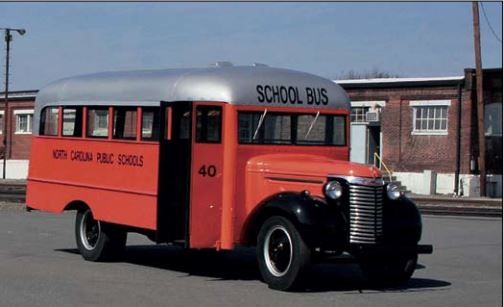
The Thomas Built Buses brand already is familiar to the general public, due to its highly visible role in transporting America’s children. But now there’s a new place where the average citizen is likely to encounter a Thomas Built bus: a museum.
Earlier this year, Thomas donated a 1940 school bus to the North Carolina Transportation Museum in Spencer, N.C., and a Saf-T-Liner® HDX transit bus to the National Museum of the Marine Corps in Quantico, Va., North Carolina Transportation Museum. The restored 1940 Thomas bus added a new mode of transportation—the school bus—to the museum’s collection and took its place next to historical trains, planes and automobiles.
The bus was manufactured just four years after the company, then called Perley A. Thomas Car Works, switched from production of streetcars to school buses. The all-steel bus, an important safety feature in its day, features a six-cylinder gasoline engine and has four long bench seats where children sat facing each other, rather than facing forward as they do today. Elizabeth Smith, executive director of the North Carolina Transportation Museum, said that Thomas Built has played an important role in the history of transportation.
“As our country progressed from tethered streetcars to free-moving buses, Thomas embraced the change and successfully adapted to become the largest school bus manufacturer in the country,” she said.
At the newly-opened National Museum of the Marine Corps, a Thomas bus is featured in an exhibit that allows visitors to experience the transformation of young men and women into America’s fighting elite. The scene representing recruits’ first arrival at boot camp features two primary elements: bright yellow footprints on the pavement and a white Thomas Built Saf-T- Liner® HDX transit bus.
The display reads: “The Marine sergeant appears the moment the bus filled with anxious new recruits reaches the depot. He wastes few words: ‘Get off my bus and stand on the yellow footprints on the pavement—now!’” When the exhibit fabricators first contacted Thomas Built, they requested side panels, windows and an entrance door assembly. Instead, the company donated a complete Saf-T-Liner® HDX. Themeworks of High Springs, Fla., completed the metal fabrication for the display, which included cutting away sections of the bus to fit the exhibit space.
“Our goal was to make the simulated boot camp experience as authentic as possible. Being able to use a whole bus instead of a mock-up with just a few real components made a big difference,” said Ryan Kremser, project manager for Themeworks. “The people at Thomas Built went out of their way to help us make this a special exhibit.”
The National Museum of the Marine Corps is located in Quantico, Va., 36 miles south of Washington, D.C. The museum is open 9 a.m. to 5 p.m. seven days a week and admission is free.
